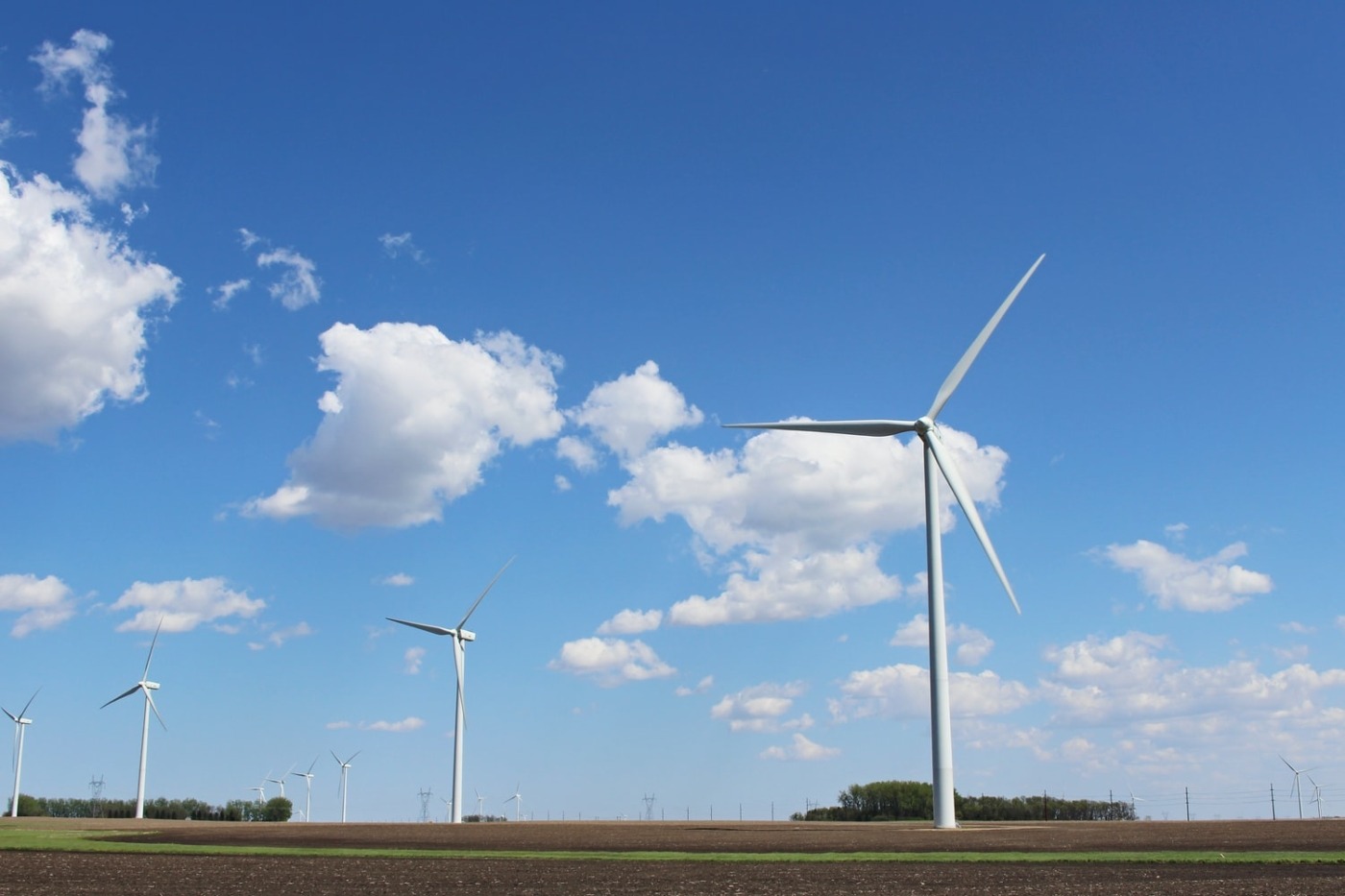Wind farms: a public eyesore or a force for change?
Wind farms, like every renewable energy source, have their own environmental benefits and flaws. In the aftermath of this pandemic, the world will have to decide how it will power itself towards a sustainable future. This means greater policy-making and more honest discussions about renewable energy sources. Could wind power be the solution?
Wind farms have been very popular in recent discussions of renewable energy. They use energy from the wind to spin propeller blades, which in turn spin a generator to create electricity. In Southern Scotland, £320 million has been invested into a 50-turbine wind farm. According to the BBC, the turbines will be located between East Ayrshire and Dumfries and Galloway and will be operational from 2023. The scheme, run by Swedish state-owned company Vattenfall, will generate enough energy to power 170,000 homes. However, construction will not commence until the government decides to ease lockdown measure.
According to the Independent, Vattenfall believe the scheme will save ‘close to 300,000 tonnes in carbon dioxide emissions annually.’ The senior vice president at Vattenfall Gunnar Groebler stated ‘the transition towards a fossil-free future…requires large investments in renewable energy’, demonstrating their commitment towards powering a world without unsustainable and damaging energy sources.
In Southern Scotland, £320 million has been invested into a 50-turbine wind farm
In recent years, the UK government has changed its attitude towards onshore wind farms, partially due to its own challenge of reaching net zero carbon emissions by 2050. According to the Guardian, the UK government has stopped its opposition against subsiding onshore wind farms, which were initially scrapped in 2016. This meant onshore wind projects could compete for subsidies alongside offshore wind projects and solar energy developments. According to Alethea Warrington, a campaigner at the climate change charity Possible, onshore is the ‘cheapest form of clean energy’ and ‘hugely popular’ with the public suggesting local communities will be involved in ensuring support for the construction.
Offshore wind farms have always received more support from the government. This is largely due to their positioning, which often creates less opposition from the public. According to the Guardian, offshore wind farms will no longer have any extra costs for the taxpayer, with households not facing additional costs for the projects to remain sustainable. According to Hugh McNeal, the chief executive of RenewableUK, low subsidies were part of ‘a new era of cheap power’ demonstrating how green energy sources are both environmentally and economically sustainable.
The UK government has stopped its opposition towards subsiding onshore wind farms, which were initially scrapped in 2016.
Green energy has often been rivaled by other forms of renewable energy, most notably nuclear energy. While I personally have always seen a role for nuclear energy in mitigating the negative effects of climate change, other green activists have been far more sceptical. According to the Guardian, wind farms were more likely to receive subsidies from the government in 2017, suggesting they were working towards non-nuclear sources. Wind farms are also much cheaper to produce than nuclear power plants such as the one at Hinkley Point.
However, despite being a source of clean and sustainable energy, wind farms are far from perfect. According to the Union of Concerned Scientists, wind turbines take up a large amount of space, requiring significant land for turbines and other mechanisms. Similarly, wildlife is likely to be harmed as birds and bats often collide with the turbines. The majority of complaints about wind turbines stem from their visual ugliness and contribution to noise pollution, although some companies have tried to minimise these issues to retain public support.
As with many resources, wind turbines have a limited life expectancy. According to the BBC, after 25 years, many wind turbines reach the end of their life cycle. Companies often try to recycle old parts; however, this requires a huge amount of energy that can be damaging to the environment. In the Netherlands, some of the materials are used to build a tunnel, ramps and slides for children. Turbine blades however, remain the most difficult parts to dispose of.
Energy projects will always create a tension between the short term desires of a community and the long term needs of the planet.
However many individuals are involved with the process of onshore wind farms, an element of opposition, known as Nimbyism, will always remain. For example, campaigners against new wind farms in Wales have argued that the Welsh landscape could be destroyed with tourism decreasing. The Welsh National Development Framework, which outlined areas where big projects should go ahead, identified many tourist hotspots as locations for onshore wind farms. According to the BBC, Anna Pryce, a director of Dolgead Hall caravan park near Llanfair Caereinion, people who visit Wales care about the ‘countryside, rolling hills and tranquil nature.’ There is a suggestion therefore that wind farms would jeopardise this. However, Rhys Jones from Renewable UK Cymru, argued that the importance of correct planning decisions for sustainable energy couldn’t be understated. Developments of larger scale energy projects, whether from renewable or non- renewable sources, will always be a cause for debate and disagreement.
Overall, energy projects will always create tension between the short term desires of a community and the long term needs of the planet. While the UK can engage in pursuing renewable energy, the actions of other states will affect whether our impact is meaningful and worthwhile. Though onshore wind energy is clearly sustainable, the opposition of local communities must be recognised. The support of the individuals affected is important for public policy to work. While it has worked in south Scotland, only time will tell whether this is a reliable representation of future planning developments.

Comments